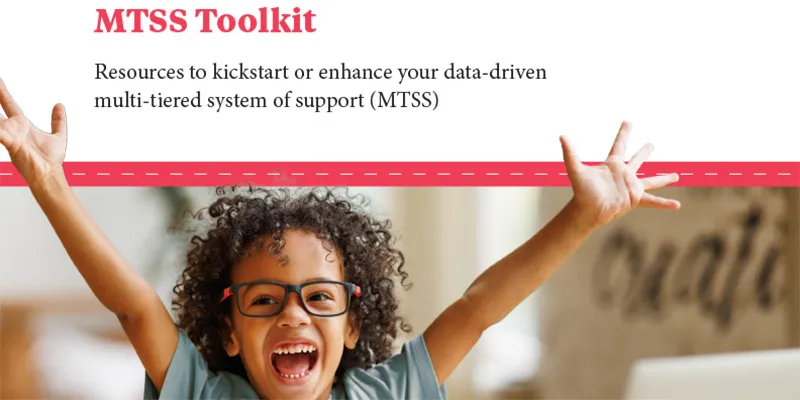As part of our commitment to helping educators See Every Student, Renaissance released a series of reports titled How Kids Are Performing beginning in 2020. These reports estimated the impact of the COVID-19 pandemic on US student achievement in reading and math at each grade level nationwide, providing schools and districts with a useful point of comparison for their own Star Assessments data.
To answer ongoing questions about students’ longitudinal performance and growth, we’ll continue to share How Kids Are Performing data via this interactive webpage. The sections that follow allow you to review data by assessment type and by grade level, to help you understand national trends and to provide a reference point for your own local data.
Data on this page will be updated seasonally, following the fall, winter, and spring screening windows in Star Assessments. Please visit this page throughout the year for the latest information and resources.






